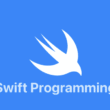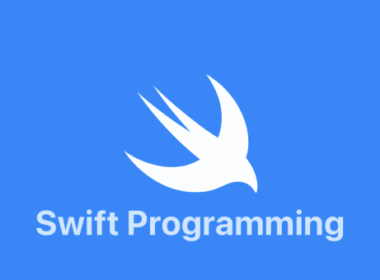Latest News
Exploring SwiftUI Stacks: VStack, HStack, and ZStack in Xcode
Introduction When working with SwiftUI to create user interfaces (UI) for iOS, macOS, watchOS, and tvOS, one of the most…
December 20, 2025
How to add a Splash Screen to a SwiftUI iOS app
The first impression matters, and in the world of mobile apps, that first impression often lasts less than…
November 16, 2025
How to use WebView and WebPage in SwiftUI
For a long time, when building SwiftUI apps, developers often needed to display web content inside the app…
November 12, 2025
How to create multiline TextField in SwiftUI
Mastering Multiline Text Fields in SwiftUI: From TextField to TextEditor SwiftUI has revolutionized the way we build interfaces in the Apple…
October 24, 2025
What’s new in SwiftUI and iOS 26 at WWDC25
In this article, we’re going to review what’s new and the most notable new features of SwiftUI presented…
June 16, 2025
Xcode 26 available for download
After presenting its next-generation operating systems on stage at WWDC 2025, including the new iOS 26, Apple held…
June 10, 2025
Integrating MapKit with SwiftUI
The MapKit framework offers developers a range of APIs to incorporate map-related functionalities within their apps. These functionalities…
June 9, 2025
What is an Extension in Swift and how to use it
Another way to add new functionality to a Swift class is to use an extension. Extensions allow you…
June 7, 2025
How to change the navigation bar title font color in SwiftUI
The current version of SwiftUI doesn’t yet natively support all types of customization. For example, to change the…
June 6, 2025
How to add custom fonts to Xcode in Swift
The San Francisco font was introduced in November 2014 and has been used as the default font in…
June 5, 2025
How to hide navigation arrow or disclosure indicator in SwiftUI
In this article, we’ll see how to hide the navigation arrows or disclosure indicators generated by a NavigationLink…
June 4, 2025
How to use UIKit in SwiftUI
Before the introduction of SwiftUI, all iOS apps were built using UIKit along with a collection of frameworks…
May 31, 2025















